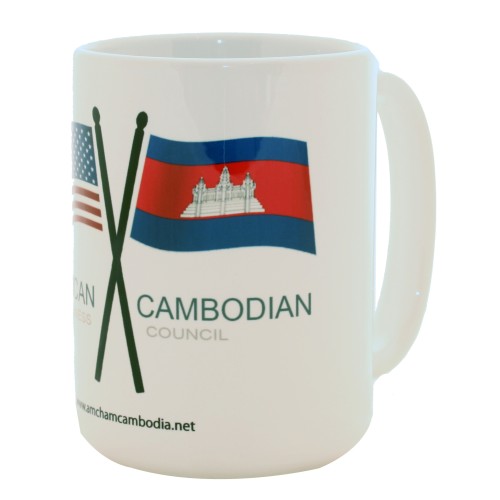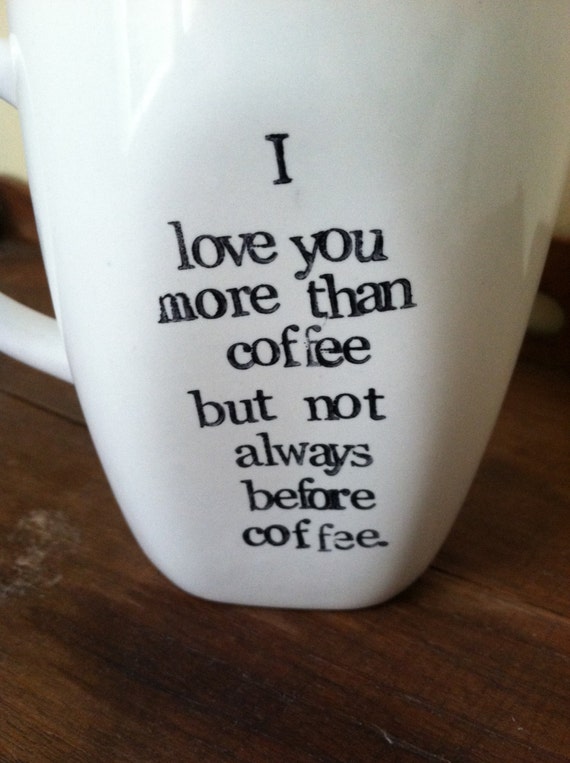

The mug definitely wins the ‘hottest for longest’ award, with the coffee remaining hot for up to as long as six hours. The classic coffee travel mug from Zojirushi is an absolute favorite with coffee lovers. Check out our well-curated list of 13 best travel coffee mugs for the Javaphile in you. If you are someone who measures out your life with coffee spoons, here’s fueling your agenda further. Moreover, Javaphiles also have a plethora of options for coffee mug material, like ceramic travel coffee mugs or stainless steel or even bamboo mugs.Ĭoffee lovers are totally spoilt for choice when it comes to the best coffee gadgets and accessories for them as they hit the road. There are also choices for whether one wants to sip their coffee or drink it out of a straw. Aspects like whether it fits in the car’s cupholder, whether it is easy to handle and doesn’t leak, and whether it keeps the coffee hot/cold long enough are more important. When it comes to coffee mugs for travel, personal, emblazoned mugs and brands are pretty much secondary.

It ensures that you actually have your perfectly-made coffee, and don’t have to dump it when you get to your destination because it’s gone cold or watery. The best travel coffee mugs are your saviors in such scenarios, making sure that your coffee stays hot or iced, no matter how long ago it was brewed or whipped up. When you’re on-the-go, your at-home mugs and disposable cups aren’t the best for taking your coffee along with you. M.The perfect cup of coffee is had hot or in a delish iced version, especially when all you really need is a good cup or a tall glass of coffee. Jenna Bilbrey, BPA-Free Plastic Containers May Be Just as Hazardous, Scientific American, August 11, 2014 Bolden, Bisphenol S and F: A Systematic Review and Comparison of the Hormonal Activity of Bisphenol A Substitutes, Environmental Health Perspectives, July 1, 2015 Jon Hamilton, Beyond BPA: Court Battle Reveals A Shift In Debate Over Plastic Safety, NPR, February 16, 2015 No consumer health risk from bisphenol A exposure, European Food Safety Authority, January 21, 2015 PH Gleick, HS Cooley, Energy implications of bottled water (PDF), Environmental Research Letters, February 19, 2009īottling Our Cities' Tap Water (PDF), Food & Water Watch, August 1, 2010
SIXTYFOUR OZ COFFEE MUG FREE
Jocelyn Ivanov, MIT, Drinking fountains: the past and future of free public water in the United States, September 29, 2015 Wesley Johnson, cryogenics research engineer at NASA’s Glenn Research Center in Cleveland, email interview, August 22, 2018 So, “the copper liner needs to be: polished, installed in a vacuum, and done so in a manner that limits the amount of oxidation of the metal prior to pulling the vacuum.” “The main benefit of copper is that when it is polished, it is much more reflective of radiation heat transfer,” Johnson explained. But it works only under a set of specific circumstances. And copper can work to stop that last method of heat loss. “This leaves only radiation heat transfer between the walls,” Johnson said. A double-walled bottle already stops solid conduction, and a vacuum-insulated bottle stops gaseous convection. It could work, and as Wesley Johnson, a cryogenics research engineer at NASA’s Glenn Research Center in Cleveland, explained, “For spacecraft, we often use a similar technique for insulation.” The theory behind using copper in insulation (despite its being an excellent conductor normally) is based on the fact that heat transfers through three forms: solid conduction, gaseous convection, and radiation, Johnson told us. Sometimes manufacturers make bottles with copper linings in an attempt to keep the contents even hotter or colder.


 0 kommentar(er)
0 kommentar(er)
